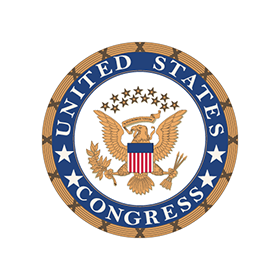The usage-based insurance (UBI) market could be worth $123 billion by 2023—and its consumer base could grow from 15 million to 142 million over the same timeframe, according to Allied Market Research.
What was once confined to plug-in dongles from a limited number of carriers will be no more, as advancing tech facilitates new opportunities for the insurance model. Now that UBI has been around for a decade, what’s the future of pay-how-you-drive and pay-as-you-drive insurance?
For starters, in the coming years, auto insurers will gain new sources of data for UBI programs. Today’s consumers simply enjoy learning about themselves, which means that each day, more and more people enjoy monitoring themselves and lifelogging their daily routines—a movement known as the “quantified self.” With increased wearable options, more consumers are tracking their own activity and the wearable tech market is experiencing unprecedented growth.
While home telematics sensors may monitor houses and life or health insurance wearables may help boost wellness, auto telematics will improve driver safety and prevent road fatalities. Mobile apps that measure driving skills and offer improvement tips may become more popular as additional carriers offer new UBI programs, safe driving discounts and rewards.
Additionally, cars themselves are becoming more advanced with software and connected car tech, reducing the need for plug-in vehicle dongles. Vehicles will be able to communicate with each other to avoid collisions, and they will be able to support additional technologies, such as mobile apps. Such ease and convenience may entice new users to try UBI or telematics devices. And as a result, insurers will be able to more accurately price drivers based on their real-time risk.
This technology offers drivers myriad incentives, both personal and monetary, for safer driving. Drivers will want to improve their skills for a lower premium—and of course, for their own safety on the roads. Considering that insurers are forced to raise rates in response to distracted driving behavior, the opportunity to work with drivers to improve their actions behind the wheel will only help reduce overall costs for auto insurers. This will create a cycle through which insurers can offer competitive rates to those who drive safely.
Consumers will also be able to leverage this opportunity for increased control over their personal information. With so many new forms of data measurement, consumers will have more options to choose from in terms of how they want to track their data. Instead of going directly to an insurer’s product, some drivers may want to measure their skills on their own before deciding to submit their driving information to their insurer. They will then be able to access their driving scores and choose when to share the data with their auto insurer in exchange for discounted premium or services. Additionally, they can compare insurer options through risk marketplaces in order to find the option that best fits their needs.
In the future, UBI telematics will likely become a major influence in how auto insurance premiums are determined. How we drive, not who we are, will help determine our insurance risk and cost. Consumers will have the power of choice—but they’ll need your help to find the right insurance match.
Read more at http://www.iamagazine.com/markets/read/2017/04/17/what-s-next-for-usage-based-insurance












